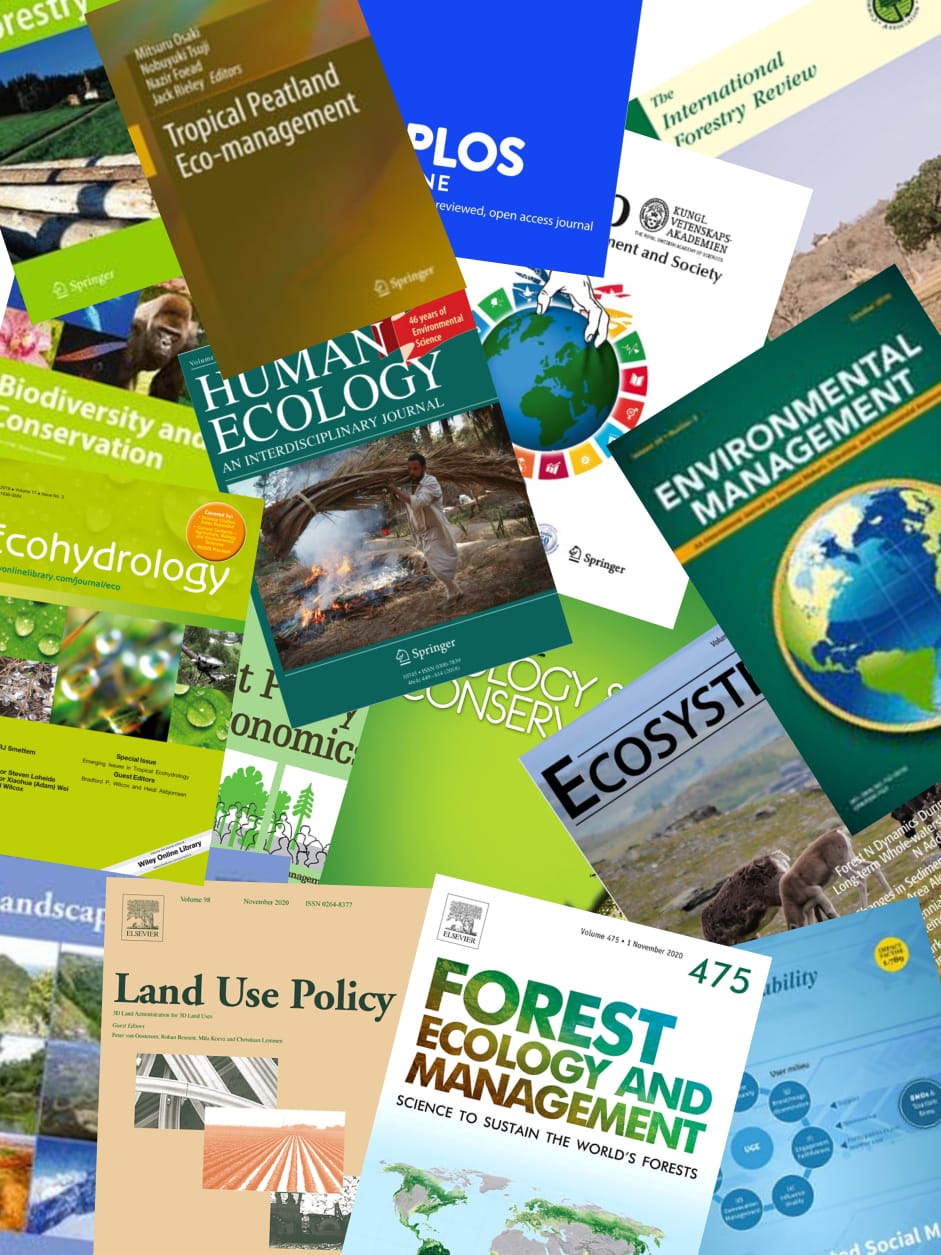Slash-and-burn cultivation (swidden) is an important and extensive strategy among agriculturalists in Oceania. The length of the fallow period, in which non-cultivated vegetation is allowed to regrow, is critical to the sustainability of this strategy in tropical environments. Long fallow periods permit greater soil recovery and higher yields over the long term whereas shorter fallow periods drive cycles of soil degradation that ultimately result in a landscape that is too degraded for continued cultivation. Anthropologists recognize that decreasing swidden fallow times is a key form of agricultural intensification that may have shaped interpolity conflict and social complexity. Although it is easy to identify the degraded landscapes that are a legacy of this pattern today, it has been a challenge for archaeologists to identify the timing and rate at which such processes took place in the past. We use alluvial stratigraphic records of charcoal and stable carbon isotopes from a small drainage in Western Viti Levu, Fiji, to reconstruct the timing and rate of intensification of swidden agriculture from long-fallow clearing of native forest, to shorter fallow burning of secondary forest and grassland, to grassland conversion. Results suggest that swidden cultivation in the lower Sigatoka Valley did not commence until centuries after Lapita colonization (ca. 2950 cal BP). Early swiddening apparently used relatively short fallow periods coupled with residential mobility to sustain horticultural yields until mobility no longer became a viable option. Archaeological indicators of resource stress co-occur with persistent swiddening after 1450 cal BP, although these precede the collapse into degraded grassland conditions at 1000 cal BP. Archaeological evidence for conflict increase after landscape degradation, although emerging social inequalities only appear after centuries of degraded conditions and conflict.
View source

